When you have strabismus, you are not using both of your eyes effectively together to see the world. Somewhere along the line, perhaps because of genetics, you have chosen to favor one eye and the other has drifted. In order to make your eyes straight, you need to use both of them, but this is easier said than done. I’ve spent the last 4 years mastering that exact skill, and being a rebel has been a key!
So how can rebelling fix strabismus? While doing vision therapy to learn to use both eyes, there is a focus on doing exercises correctly. While mastery is the end goal, it is not always the best way to get there. With every exercise you do, first do it incorrectly. In fact, do the exact opposite of your end goal. This not only cements the idea that you are controlling your vision, it also helps you feel and understand the muscles that are being used and improves your control. After “rebelling” you might just find yourself better able to do the exercise correctly.
To truly understand this concept, let’s dive into the theories of the genius who taught me this concept, David Cook. You also need to see it in practice to really solidify the concepts so keep reading for 3 practical examples of how to apply this in vision exercises.
If you aren’t in vision therapy and are trying to understand if and how your eyes are working together, start by taking the free “Do My Eyes Work Together” quiz, over HERE. I definitely don’t recommend attempting this without the direction of a doctor. This article can help you figure out how to find one to help you.
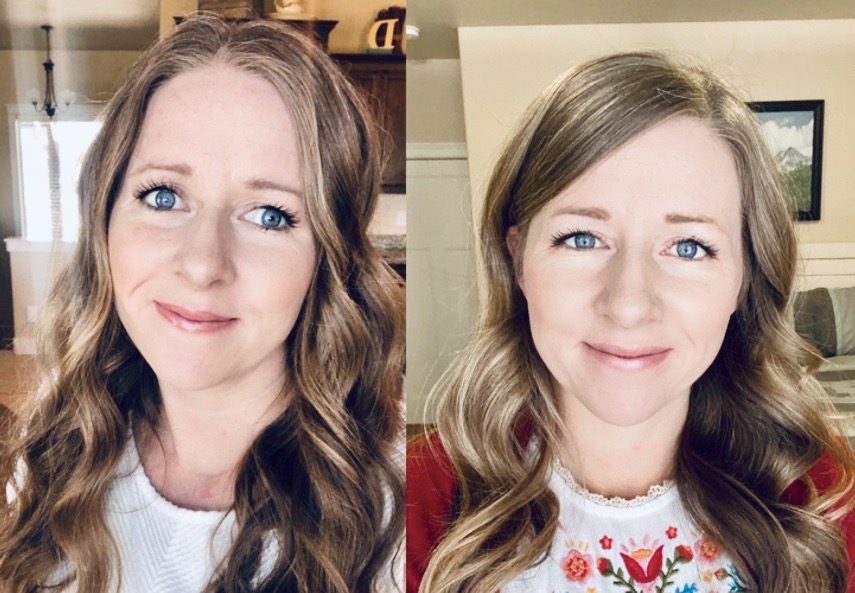
Responsibility and Control with David Cook
In his book, THE SHAPE OF THE SKY, David Cook repeatedly stresses the importance of taking responsibility for what you are seeing (Book is available HERE).
Vision is not simply happening to you, it is something that you do. Until we recognize that we are controlling our vision and take responsibility for it, we will not be able to effectively improve it and learn to control how we are using our visual system.
“During eye games and life, responsibility and control are linked. The easiest way to gain conscious control over errors is to make the errors on purpose, learning to take responsibility for them.”
David Cook- The shape of the sky
Imagine a friend challenges you “can you walk across this whole log?”
In the attempt you loose balance and fall off. The human response is to blame circumstances outside of our control; the log was too bumpy, my shoes have no traction, the wind is blowing too hard. This blaming is followed with trying harder and harder hoping that those outside circumstances won’t thwart our efforts again.
Responsibility and control handles it differently in both actions and the way we think about it. When balance is lost we look internal for answers; I’m looking down and lost my balance and fell off or something as simple as, “I stepped off the log.” It’s a simple acknowledgement that we are controlling the situation.
Success might be found in purposely stepping off the log and then purposely stepping onto the log, paying close attention to what each feels like and how you are controlling that motion. Maybe closing off peripheral vision so that balance is challenging, then doing the opposite and opening up. If you are swaying and that leads to stepping off the log, you might try swaying even further to take responsibility for it, and understand the feeling so that you can avoid it in the future.

What David Cook refers to as “responsibility and control,” I think of as rebellion. If your friend tells you to walk on the log, rebel, walk off of it. If your goal is to stand perfectly still without swaying, first rebel and sway aggressively.
This habit of doing the opposite and practicing it wrong first, will ultimately lead to better control and understanding of how to do it correctly, but it will take some practice so let’s get on to the application.
To use rebellion to change your vision follow the following steps.
- Identify the Goal
- Identify the Opposite of your Goal
- Alternate Between Both
Example 1: Wide Open Peripheral vs Tunnel Vision
For the first example, let’s talk about opening our peripheral wide to see big. The world is amazing and learning to expand peripheral is something that can improve vision and quality of life for every single person, even if you are the worst case scenario. A wide open peripheral view is both beautiful and practical. (Yes, I’m passionate about this, so passionate that I created a Mastering Peripheral course completely dedicated to the subject, you should definitely check it out!)
Back to the example.
I am going to refer to the pictures below and we are going to imagine that we have just completed a hike and are checking out the scenery.
- Identify the goal: See Big (picture on the left) and expand peripheral to include clouds, mountains, trees, lake, dirt, animals, etc all simultaneously along with the space between those items.
- Identify the Opposite: Seeing small( picture on the right) only seeing one tree, one side of a cloud, one rock, etc and ignoring everything else in the scene.
- Alternate: You might pick a small bush and look at it and try to condense your vision so that you aren’t noticing anything else. Then switch and relax your eyes to take in the dirt around the bush and a tree in the background. Then condense again back to the bush. You can go back and forth taking in more and less and massage your peripheral vision.


You are controlling how big or how little you can see. It might be challenging to break old habits and it will take practice, but you can learn to see big!
Example 2: Brock String Gone Wrong…or Right
For our second example, let’s consider the iconic Brock string; the exercise that is a right of passage for all students of vision therapy.
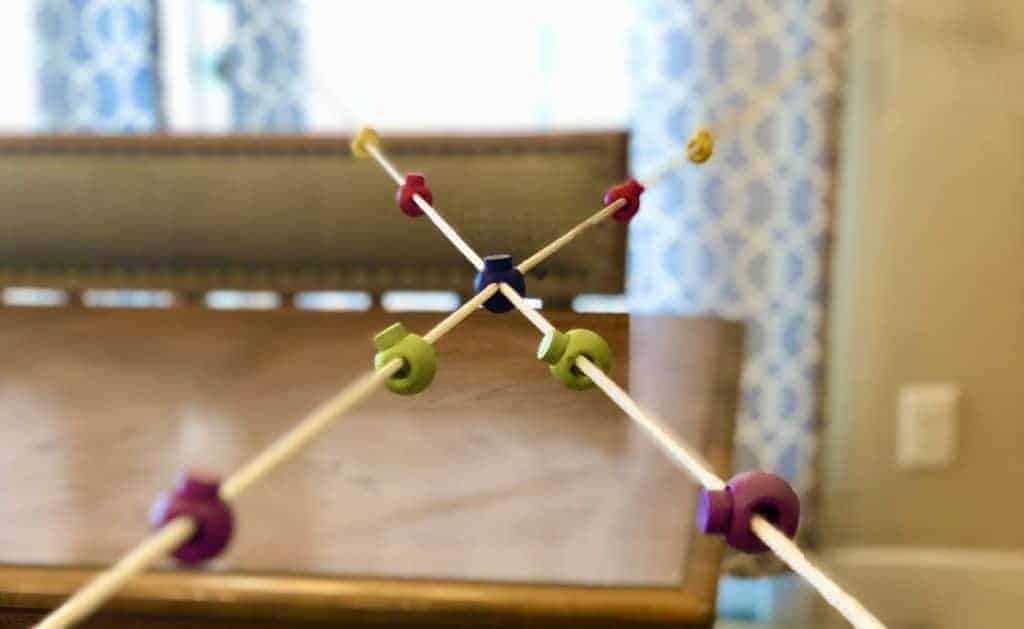
- Identify the Goal: While holding a Brock string, focus your attention on one of the beads and use your peripheral vision to see two strings going into the bead and two going out, forming an “X.”
- Opposite of the Goal: There are a lot of options and directions to go here and the most effective way is take where you are at and make it even worse. If the “X” isn’t lining up at the bead, can you push it even further from the bead? The the strings aren’t aligned vertically, can you make that vertical distance even larger?
- Alternate: Relax and look at a specific bead color noticing what you are seeing. Instead of trying to force the “X” to the bead, if you aren’t seeing that initially, start by rebelling and doing the opposite and making it worse. Then see if you can get closer to the goal. No squinting, straining or staring allowed! This all needs to be done in a relaxed and curious way. Go back to the opposite and repeat and massage your eye control as you learn that you are responsible for what you see!
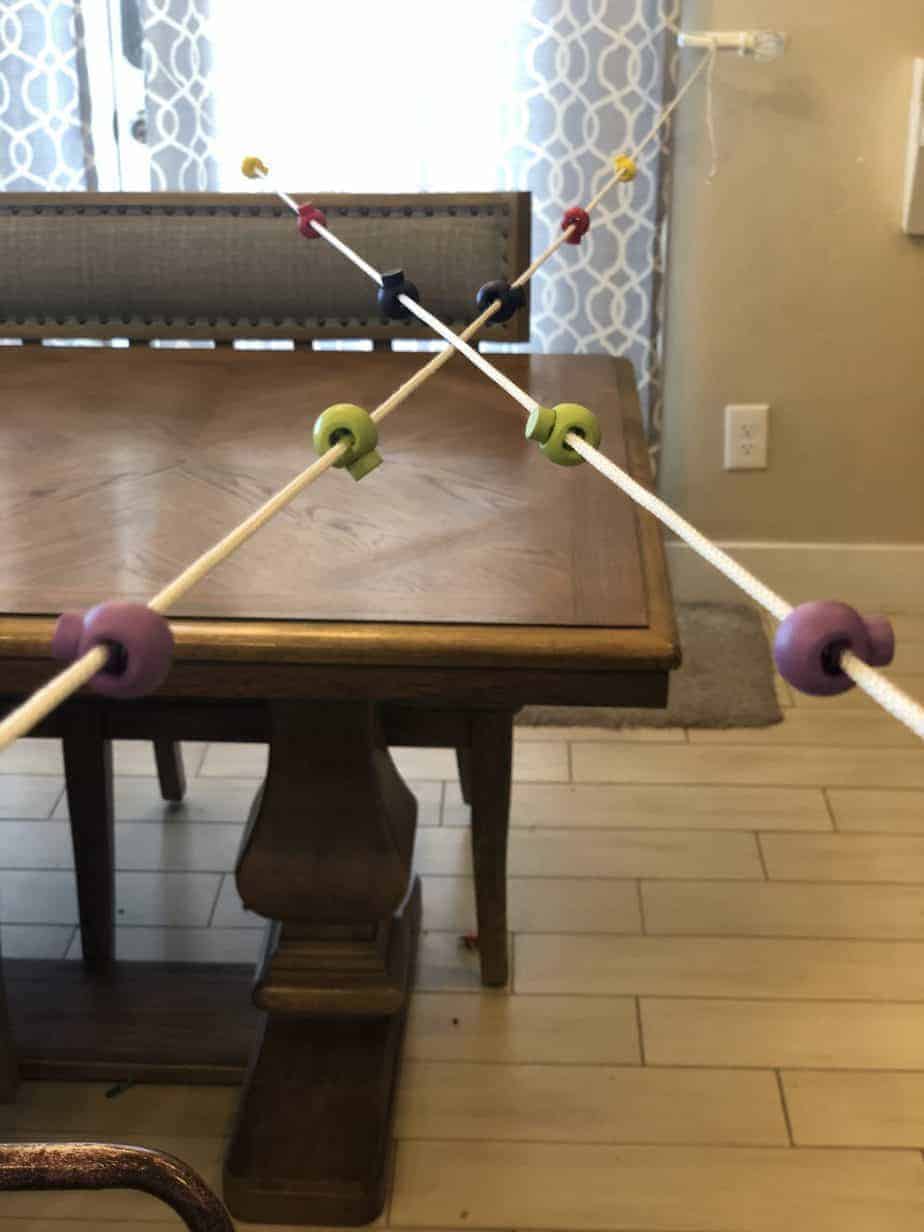
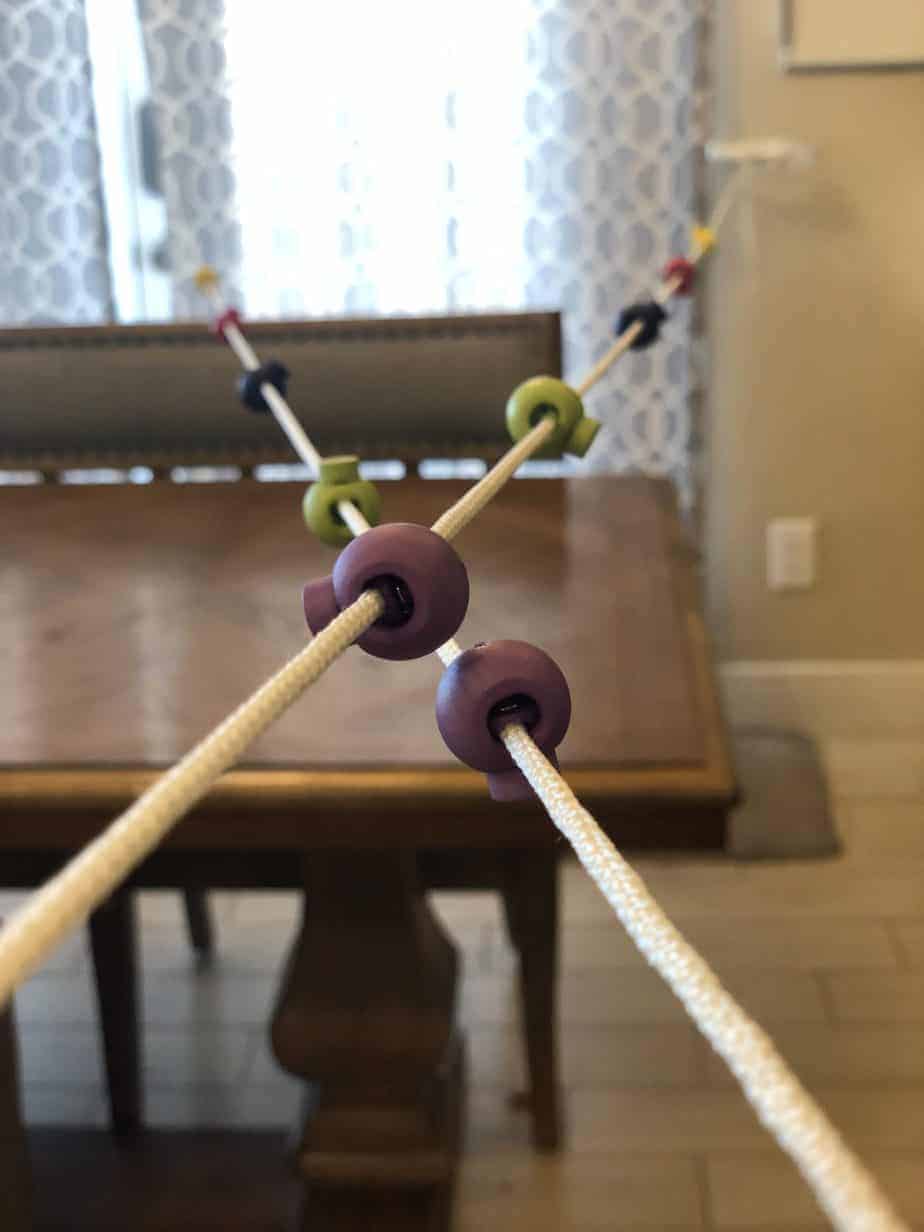
The Brock string is a complicated activity and should only be done under the supervision of your vision therapy office. If you would like some beginner tips that helped me at the beginning of my strabismus journey, check out THIS ARTICLE for more ideas.
Example 3: Big Stereo
The last way that I want to illustrate the idea of responsibility and control is with improving depth perception and stereopsis. We are going to follow the same pattern as with the other examples.
- Identify the Goal: While looking at the image below while wearing red/green or red/blue glasses with red over your right eye, see one circle floating in front of the screen. See the entire ring at once, while keeping peripheral open. Tapping the screen in the center or to each side of the circles can help here.
- Identify the Opposite: See no depth and a completely flat circle. See a small section of the circle and close down your vision.
- Alternate Between the Two: First, tap the circle, relax your vision, and open your peripheral to see the ring floating off of the screen. Next, rebel and do the opposite. Focus your attention on the heart in the middle and stare at it until the depth goes away. Ignore your peripheral and see small. then go back to a relaxed and open view and see the space and depth.
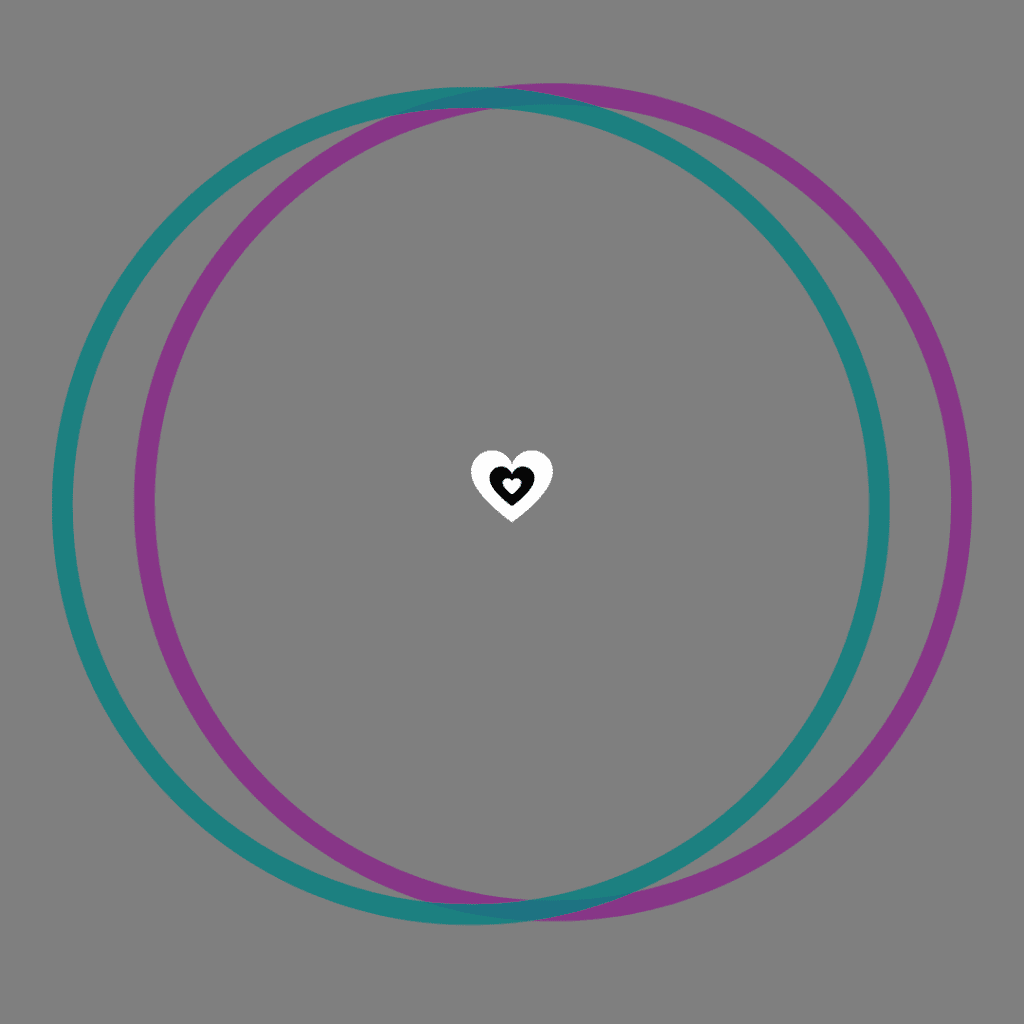
Conclusion
In each of these examples, you are deepening your understanding of how to control what you are seeing. You are learning to do vision on purpose instead of just unconsciously being at the effect of your visual habits.
Doing exercises correctly and then incorrectly will help you take responsibility for what you are seeing and learn to control your vision.
If you want to see other resources I have created for people in vision therapy, be sure to check out https://learn.strabismussolutions.com
